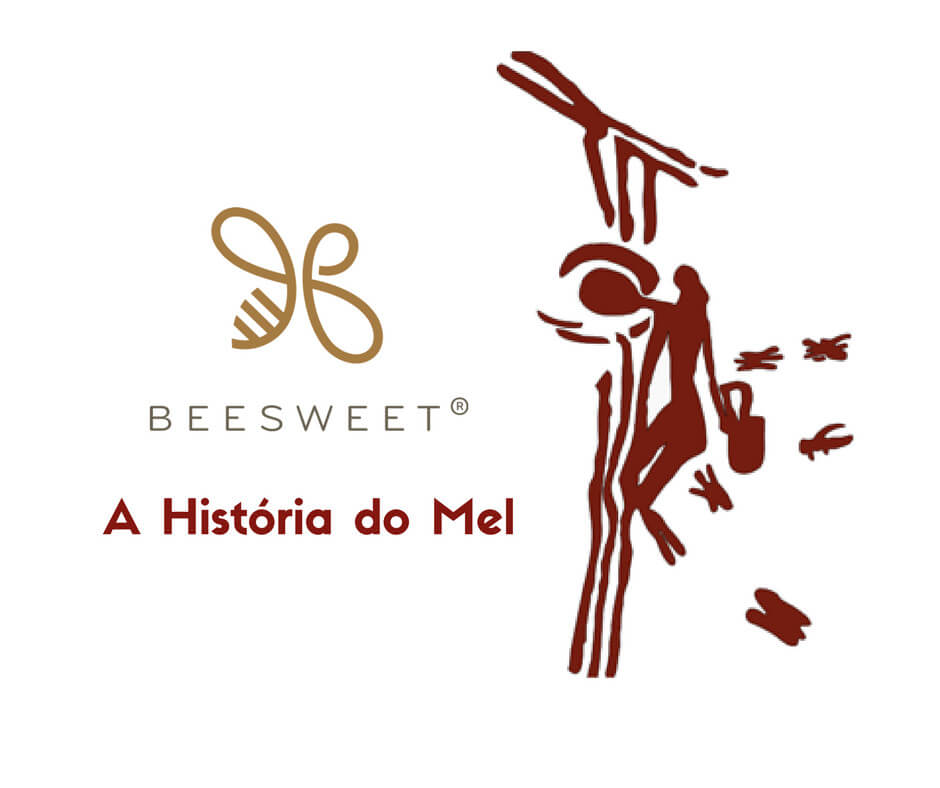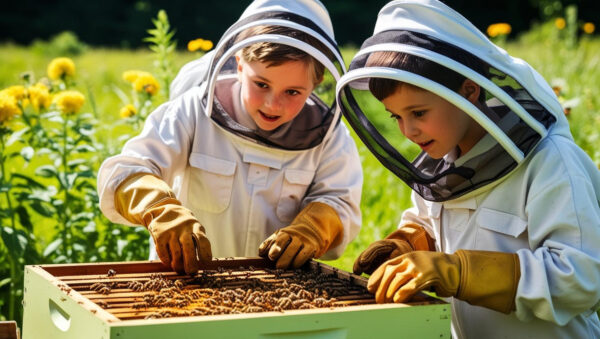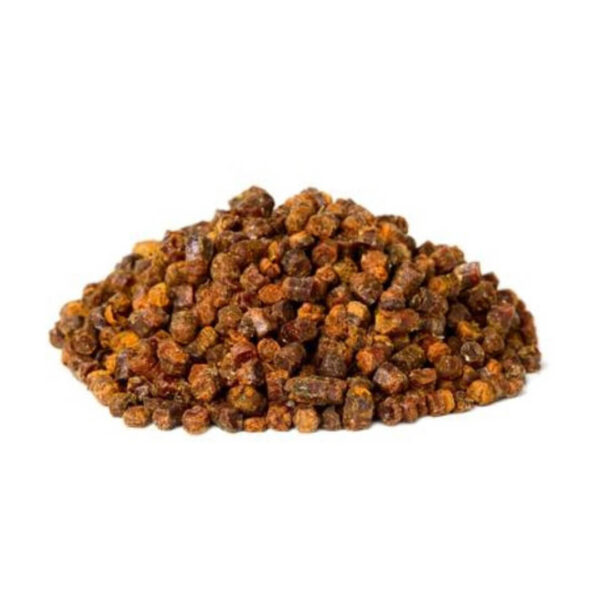História do mel
Gostaria de perceber um pouco mais sobre a História do Mel?
Espreite aqui!

A apicultura desenvolveu-se no apogeu da civilização grega, servindo o mel sobretudo para a alimentação das crianças.
Na época romana, o mel entrava no fabrico de todos os bolos. Além disso, as mulheres serviam-se dele para confeccionar produtos de beleza.
Na idade média, o consumo de mel era generalizado.

Como o demonstram várias pinturas rupestres, já no paleolítico, o homem primitivo procurava o mel das abelhas.
Com a revolução neolítica tornou-se sedentário e domesticou as abelhas construindo abrigos para elas.
Na mesopotâmia, encontram-se placas de cera de abelha com inscrições cuneiformes.
Os egípcios conheciam perfeitamente o mel e usavam-no com frequência como alimento ou produto de beleza.
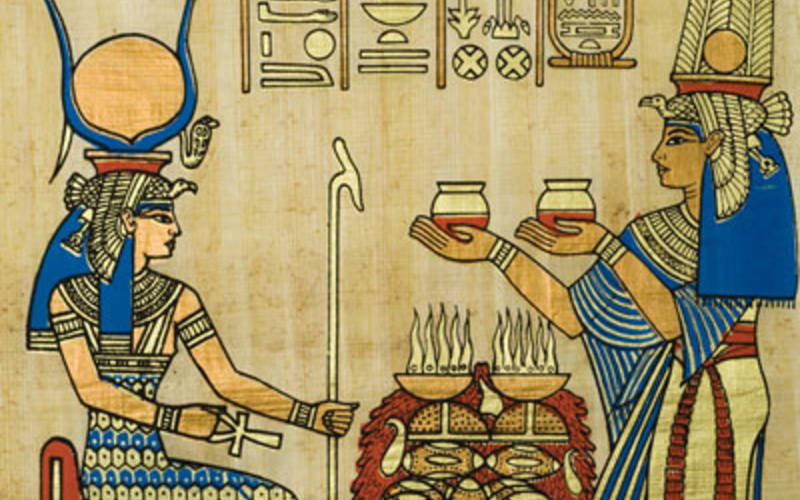
O mel é uma excelente fonte de energia, sendo reconhecido em termos desportivos como um componente altamente energético e dietético para a alta competição.
O mel é de fácil dissolução na corrente sanguínea, já que em contraste com o açúcar é pobre em sacarose, o mel fortifica os músculos, aumenta a resistência e favorece a rápida recuperação de energia face ao desgaste imposto numa qualquer actividade locomotora.
É rico em sais minerais ( tais como cálcio, cobre, ferro, magnésio, fósforo, potássio, entre outros) bem como aminoácidos com características antioxidantes, o mel é uma fonte de energia e de longevidade para quem o consome.
Tem sido utilizado em variadíssimos tratamentos fisiológicos, dados os seus benefícios atenuantes sobre a dor (problemas de garganta) e os seus poderes de cicatrização (aplicação sobre queimaduras e/ou feridas), o mel é indiscutivelmente um alimento essencial ao nosso bem-estar.
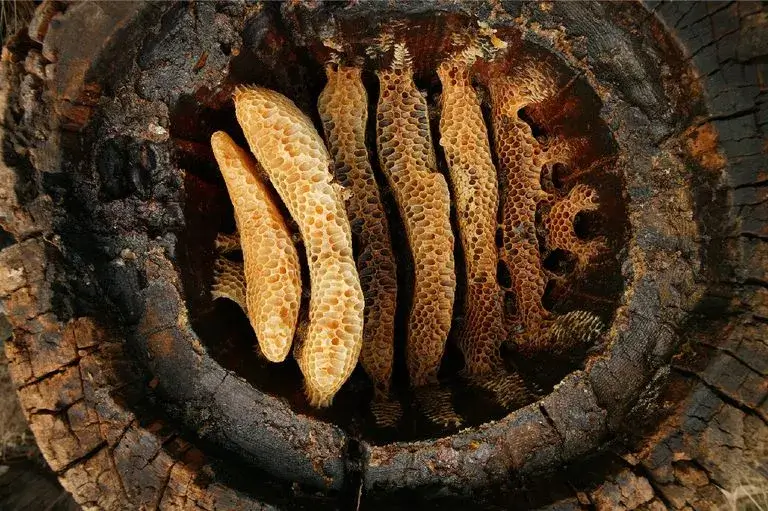
Falamos de um produto ancestral, desde sempre utilizado pelos humanos e que há 150 anos atrás servia para prevenir e curar muitas maleitas.
Hoje os produtos da colmeia são utilizados em grande numero na indústria farmacêutica.
A Beesweet potencia este produto natural, aromatizando-o com plantas aromáticas, com vista a elevar o seu valor medicinal.
#Beesweet … more than #Honey!
Adquira já os nossos produtos na loja online
